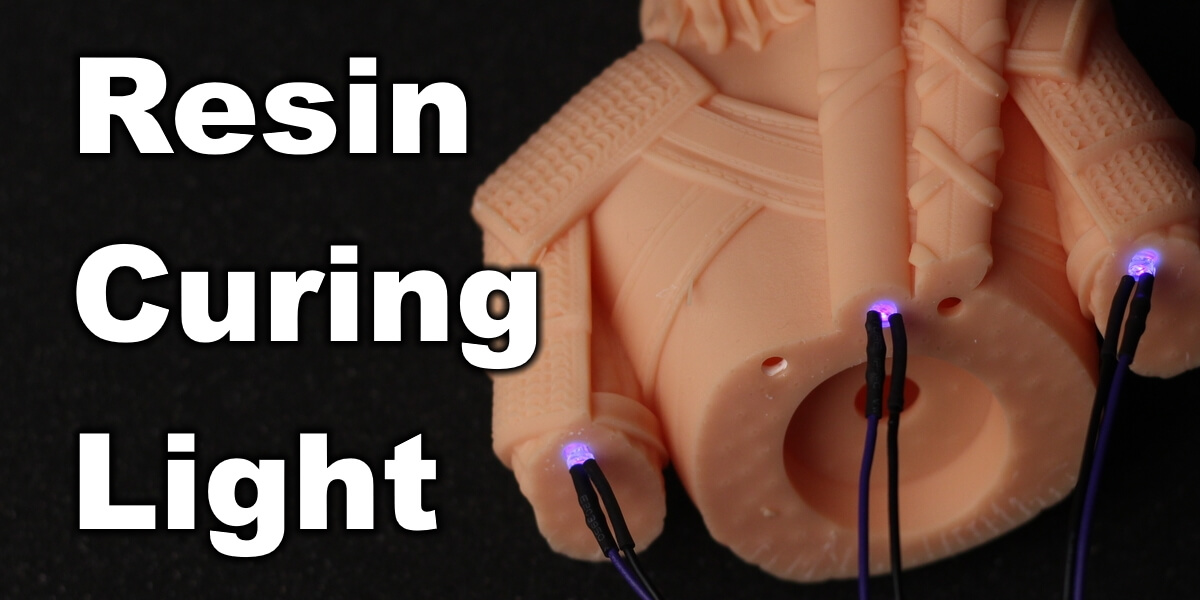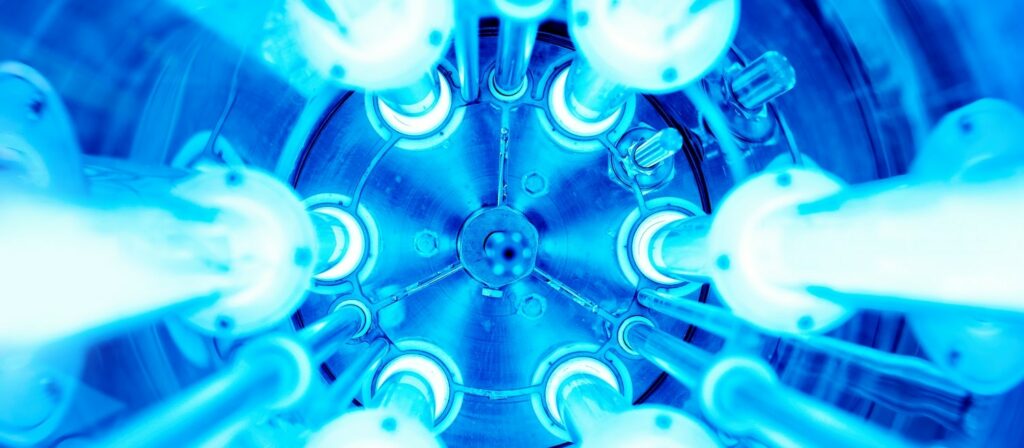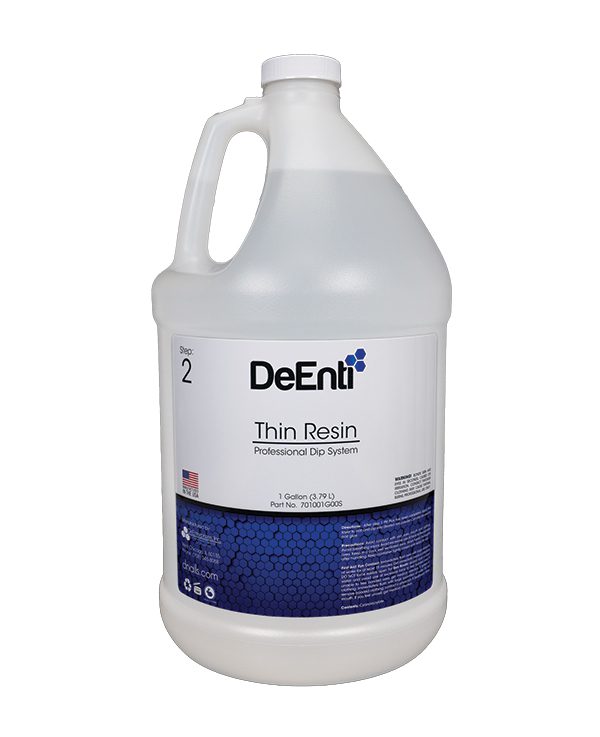![PDF] Influence of Light-Curing Intensity on Color Stability and](https://d3i71xaburhd42.cloudfront.net/1d95dbc6a57c14c8925febb007e9faa2f4b4e9e0/4-Table2-1.png)
PDF] Influence of Light-Curing Intensity on Color Stability and
The ANOVA results showed that thermocycling, distinct light intensity, and different colors of resin materials influenced the microhardness of the composite resins, which was evidenced by the A3 composite resin light-cured with a Valo polywave showing higher hardness values. The purpose of this study was to evaluate the intensity of light-curing units and its relationship with the color stability and microhardness of composite resins with different shades subjected to a thermocycling procedure. Eighty blocks (5.0 × 2.0 mm) of TPH Spectrum composite resin (Dentsply Sirona) were produced and distributed into four groups according to the light-curing units (EC 450, ECEL; Valo, Ultradent) and color of the resin material (A3; C3) (n = 20). Within each group, color stability was measured on half the sample (n = 10) using a UV-2450 visible UV spectrophotometer (Shimadzu), and Knoop hardness was measured on the other half (n = 10) using an HMV 2000 microhardness tester (Shimadzu) before and after thermocycling (12,000 cycles, 5°C and 55°C). Mann-Whitney test was performed on the color stability data; the microhardness data were analyzed using a three-way analysis of variance (ANOVA) and Tukey test (α = .05). The ANOVA results showed that thermocycling, distinct light intensity, and different colors of resin materials influenced the microhardness of the composite resins, which was evidenced by the A3 composite resin light-cured with a Valo polywave showing higher hardness values. There was no statistical difference in the color stability of the A3 composite resin; however, the C3 composite resin light-cured with an EC 450 singlewave light-curing unit showed higher color alteration values. In general, the Valo polywave light-curing unit imparted better mechanical property and color stability to both shades of the composite resins. The different shades of resin material influenced the hardness of the composite resins. Therefore, the light intensity of the light-curing units should be evaluated and monitored, as the amount of light intensity will interfere in the quality and longevity of resin restorations.
Broadband all-light-control with WS2 coated microfibers

Influence of Light-Curing Intensity On Color Stability and Microhardness of Composite Resins, PDF, Dental Composite
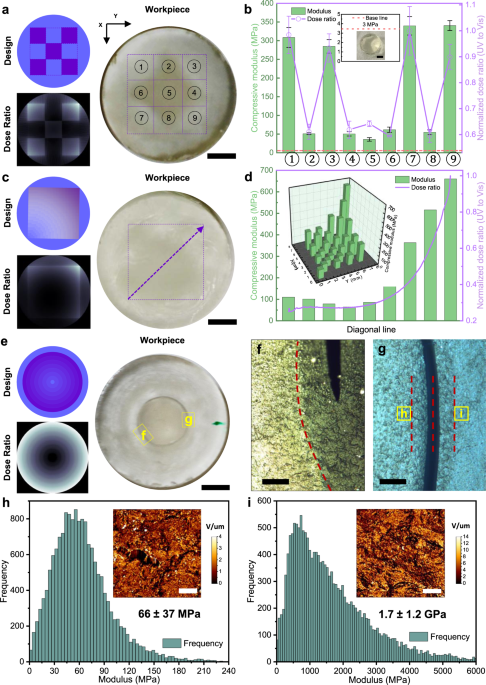
Stiffness control in dual color tomographic volumetric 3D printing

Effect of post-curing time on the color stability and related properties of a tooth-colored 3D-printed resin material - ScienceDirect

Illuminating the Resin: What You Need to Know - Oral Health Group
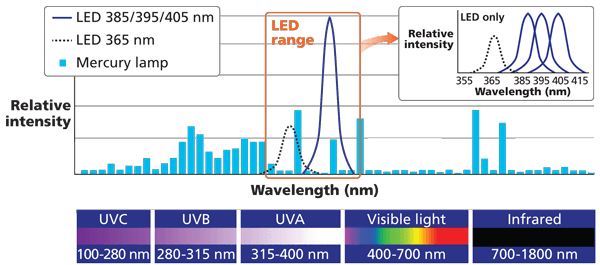
uv curing
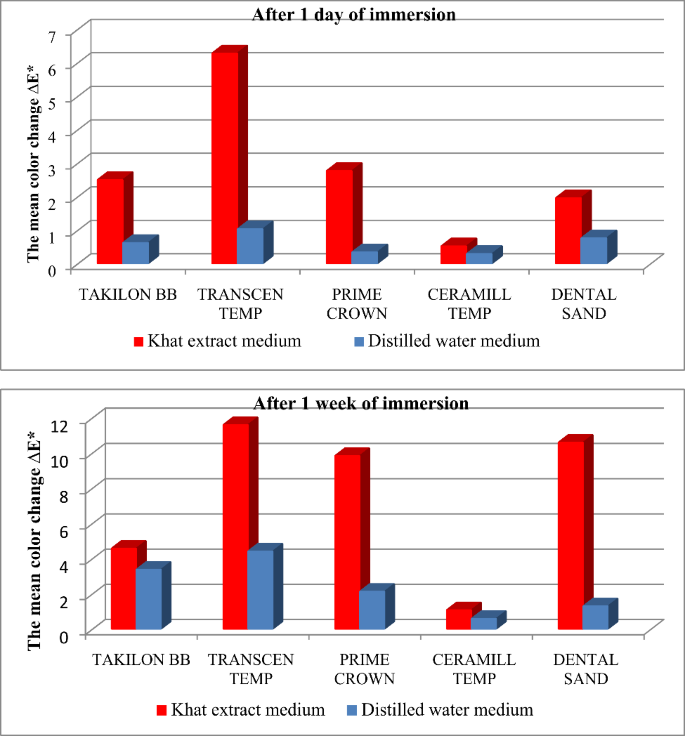
Effect of khat extract on color stability of digitally and manually fabricated provisional restorations: an in vitro comparative study, BMC Oral Health

Loctite Radiometer - UV Intensity and Dosage - UVV Lamps and Visible L

Dynamic Control of Multiple Optical Patterns of Cholesteric Liquid Crystal Microdroplets by Light-Driven Molecular Motors

ACure Dental Curing Light, 385-515nm High Intensity Light Cure
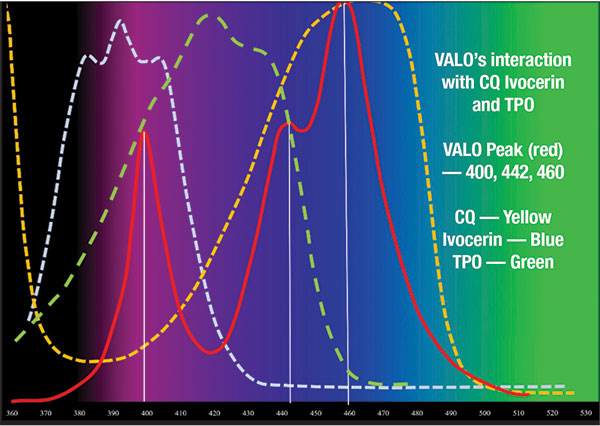
Light Curing in Restorative Dentistry: The Devil Is in the Details - Dentistry Today
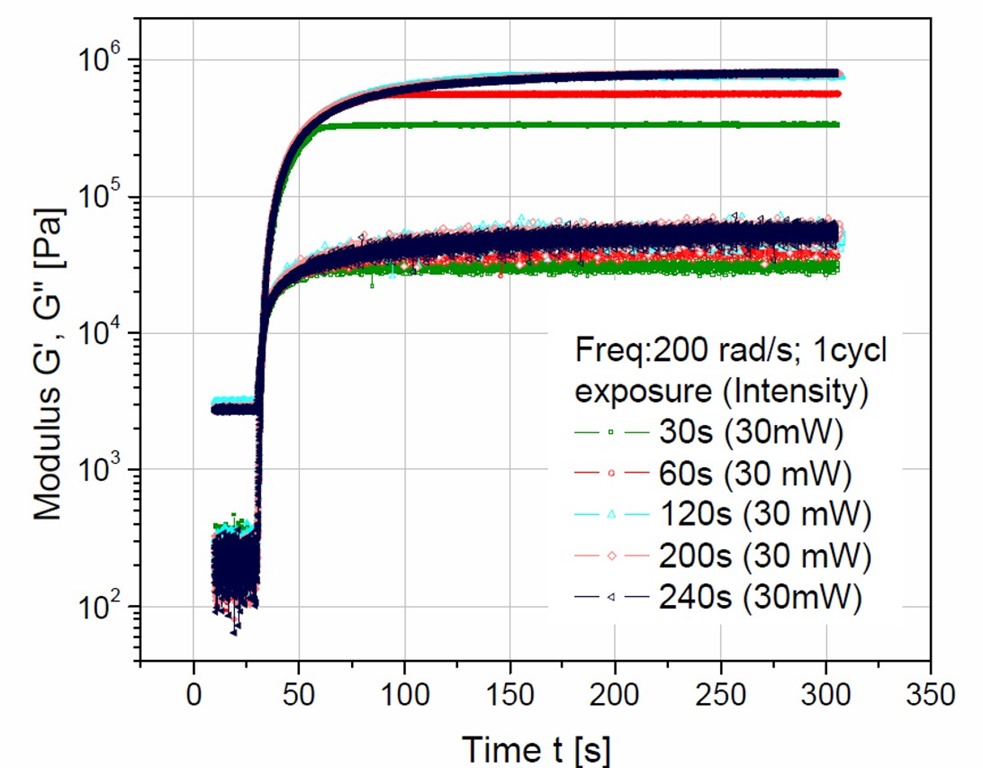
UV Curing of Thermosets Part 13: Using UV Rheology to Monitor Curing - 4 - Polymer Innovation Blog


